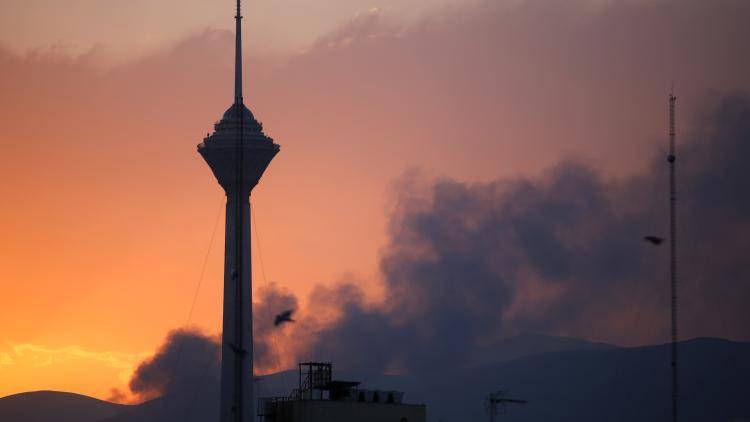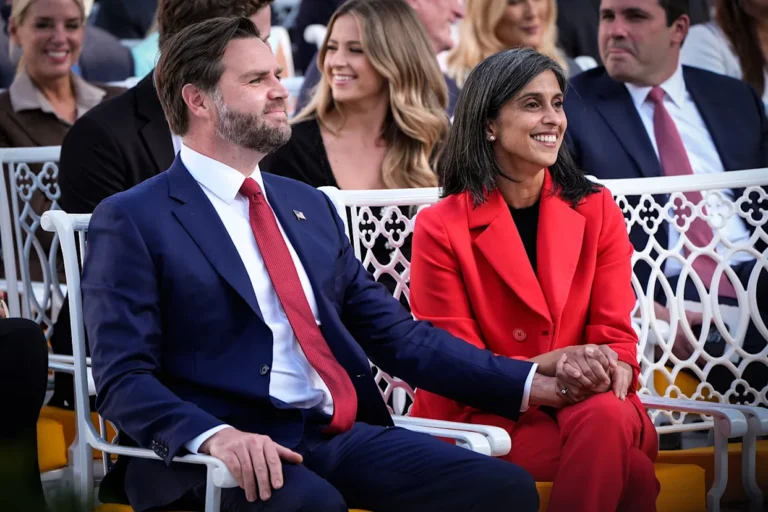
As the US considers whether or not to join Israeli strikes on Iran, a new balance of power is emerging in the Middle East – and it is tilting heavily in favour of Israel.
The current confrontation between Iran and Israel is shifting the balance of power in the Middle East. For years, it was a widely held view among analysts that there was a loose balance of terror between Iran and Israel, whereby Israel’s conventional military advantage was more or less checked by Iran’s unconventional assets, especially its missile and drone programmes and its support for violent non-state actors throughout the Middle East.
The assumption that direct conflict would lead to significant pain on both sides, if not mutually assured destruction, has acted as a deterrent. As a result, their confrontation mostly remained limited to hybrid or grey zone warfare. This benefitted Iran by allowing it to exploit its asymmetric assets while preventing Israel from leveraging its conventional military advantages.
The wave of violence that followed Hamas’s attack against Israel on 7 October 2023 has upended these assumptions. Iran and its regional Axis of Resistance network have been severely weakened. Hamas and Hezbollah are not defeated, but their ability to hit Israel is now very limited. The Assad regime in Syria, Iran’s only state ally and a key springboard for its influence in the Levant, collapsed in December 2024. The one exception has been the Houthis in Yemen, who have emerged as an influential regional power.
Iran’s growing weakness was most vividly demonstrated during its two direct confrontations with Israel in April and October 2024. On both occasions, and especially in October, Israel inflicted damage on Iran (hitting missile and nuclear sites as well as air defences) while Iran failed to inflict more than marginal damage on Israel, despite launching hundreds of drones and cruise and ballistic missiles. In both instances, it was revealing that Iran took the first steps to de-escalate – due to its weakness, not an inherent desire for peace.
The current round of violence confirms and entrenches this trend: while Israel is causing major damage to Iran’s nuclear programme, its military capabilities, and (to a lesser extent, so far at least) its energy infrastructure, Iran is again consistently failing to cause more than limited damage in Israel. Having achieved at least partial air superiority over Iran, the Israeli air force can now roam the skies and hit nuclear, military, economic and government targets almost at will.
Iran’s options are severely constrained. Tehran believes that calling for a ceasefire now would be perceived as weakness, not only by its adversaries but also by its own population. In a moment of tremendous vulnerability, the Islamic Republic’s leaders are especially fearful of the latter. But that is not to say they are irrational; they understand that along the ladder of conflict escalation, Israel has the advantage.
So what can Iran do? It has several options, but none of which would allow it to reverse its rapidly mounting losses. The most obvious response would normally be to push its non-state partners to retaliate on its behalf. But Hamas has been severely weakened. Hezbollah retains some capacity to strike Israel, but it is wounded and inward-focused for now. Even the Houthis, now the crown jewel in the Axis of Resistance, are heavily constrained by geography in their ability to impose pressure on Israel. Their missiles and drones are also rudimentary relative to Israel’s advanced air defence capabilities. Meanwhile, Iran’s own ability to retaliate is rapidly winding down, as its missile stockpiles are running low.
Iran could retaliate directly against American assets in the region, notably military bases in the Persian Gulf. This, however, would almost certainly push the United States to join Israel in striking Iran, including perhaps the deeply buried enrichment facility in Fordo. Washington may well decide to strike Iran anyway, but it is a scenario that Tehran likely wants to avoid provoking through its own actions, as it would compound its already acute vulnerability.













